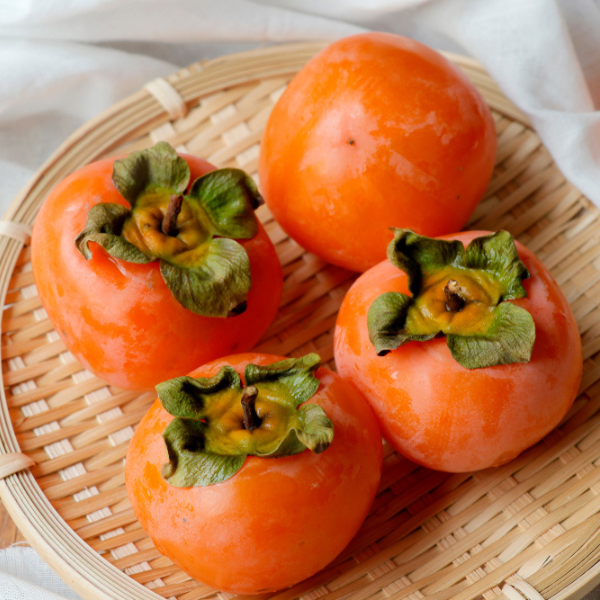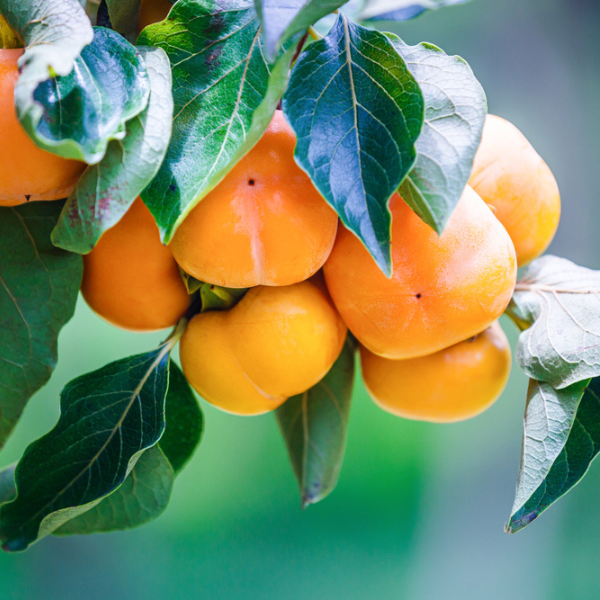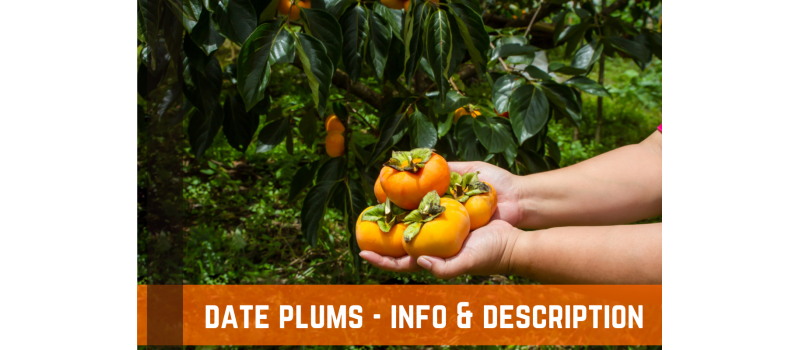The date-plum, also known as the Lotus Persimmon, Caucasian Persimmon, Lilac Persimmon, and False Lote tree (Diospyros lotus), is the rootstock that is most commonly utilized for Oriental persimmons. When it reaches full maturity, the plentiful tiny fruit can be eaten fresh or turned into jelly. This gorgeous, upright tree is covered in lush, dark green foliage that, in the fall, becomes a brilliant yellow.
Dioecious plants produce male and female blooms on different plants; hence, in order to produce fruit, you need both a female and a male plant. Since the seedlings that we sell have not been sexed, it is recommended that you plant at least three of them if you desire fruit. Originating in the subtropical regions of southwest Asia and southeast Europe, this species can now be found worldwide.
Date Plum Description
The date plum tree is a lovely deciduous tree that may grow to a peak height of 30 meters but often only grows to a height of around 15 meters. It grows slowly and spreads outward as it grows. The ideal growing conditions for the plant are loamy soil with good drainage.
It is able to survive in soils that are acidic, alkaline, or neutral, but it does not prosper in chalky, clay, or extremely dry soils. It does not thrive in soils that have poor drainage or an excessive amount of moisture. The trunk is straight and the bark is a grayish-green color; it flakes off as the tree becomes older.

Leaves
The leaves are glossy, leathery, elliptic to oval, rounded to broadly wedge shaped at the base, and can grow to be between 6 and 12 centimeters long and between 2.5 and 5 centimeters wide. The underside of the leaves are pubescent. Even though they fall during the first few cold days of autumn, they do not turn yellow like other leaves do throughout this season.
Flower
Male and female date plum blooms grow on separate plants. Male flowers bloom in groups of up to three on stalks, while female flowers bloom singly in rows from June to July. Villous calyx with 4 short, sharp, ciliate lobes. Reddish or greenish-white corolla with recurved, rounded, ciliate lobes. Seeds require a male and female plant. Without a pollinator, the female tree can yield seedless fruits.
Fruit
The fertile blossoms are then followed by fruit with flesh that is juicy and measures one to two centimeters in diameter. When they are first picked, fruits have a green color, but as they ripen, they turn yellow. There are seeds that have a thin hull and an endosperm that is exceptionally tough.

History
Date plums have been around since the dawn of humanity, and they're mentioned in countless stories and myths. Historians also generally agree that Homer wrote frequently of the date plum, the famous author of the Greek epic poem The Odyssey, existed. Chapter 4 of Part II of this poem describes how the men of the land were awestruck by the honey sweet fruit (date plum), and how its wonderful flavor took them in a trance to the land of the lotus (here referring to the date plum).
The Greeks revered this fruit so much that they called it "God of Fruits," and the great playwright Homer even made reference to it. The ancient Greeks held this fruit in the highest esteem, worshiping it as a divine gift from the gods. The diospyros lotus is also known as "Divine fruit" because to its ethereal appearance. Aside from the obvious benefits of eating this fruit, it's important to understand where it comes from, how it's grown, and why it's so useful.

